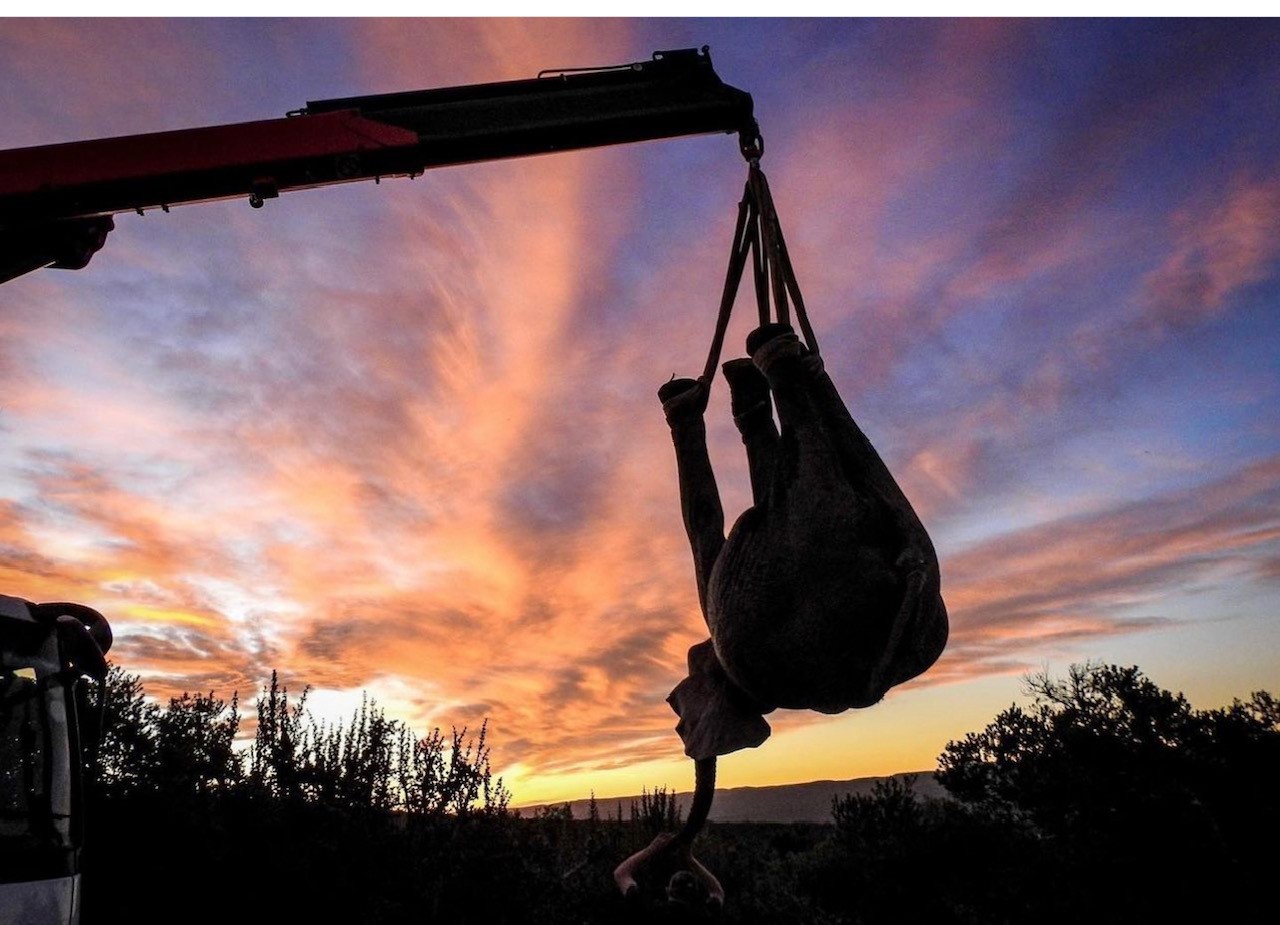Protecting Pachyderms: The Translocation Initiative at Addo Elephant National Park

Protecting Pachyderms: The Translocation Initiative at Addo Elephant National Park
In the realm of wildlife conservation, few creatures hold as much cultural significance and ecological importance as the African elephant. These gentle giants have long been the focal point of conservation efforts worldwide, and one such endeavor that has garnered attention recently is the translocation of elephants from Addo Elephant National Park in South Africa. This initiative represents a remarkable step forward in safeguarding these magnificent creatures and preserving the delicate balance of ecosystems in the region.
The Magnificent Addo Elephant National Park
Addo Elephant National Park, located in the Eastern Cape province of South Africa, is an iconic sanctuary known for its remarkable population of African elephants. Established in 1931, the park was originally founded to protect a mere 11 elephants. Today, it is home to over 600 of these majestic animals, representing one of the densest elephant populations in Africa.
While the success of Addo in conserving elephants is remarkable, it also poses significant challenges for the park’s ecosystem. Overpopulation can strain the park’s resources, leading to habitat degradation, competition for food and water, and potential conflicts with neighboring human communities.
More
The Need for Translocation
To address these challenges and ensure the long-term health of the elephant population, conservationists have initiated a translocation program within Addo Elephant National Park. The main objective of this program is to relocate a portion of the elephants to other conservation areas, thereby relieving the pressure on the park’s resources and promoting genetic diversity among elephant populations.
Key Goals and Benefits of Translocation
- Ecosystem Health: Translocating elephants from Addo helps restore balance to the park’s ecosystem. By reducing the population density, the vegetation can recover, benefiting not only the elephants but also other wildlife species that rely on the same resources.
- Genetic Diversity: Maintaining genetic diversity is crucial for the long-term survival of any species. Translocating elephants to different areas ensures a broader gene pool, reducing the risk of inbreeding and enhancing the overall health of the population.
- Human-Elephant Conflict Mitigation: As elephant populations expand, there is an increased likelihood of human-elephant conflicts. Translocation helps reduce the chances of elephants venturing into populated areas, ultimately safeguarding both humans and elephants.
- Research and Conservation: The process of translocating elephants provides valuable insights into their behavior, physiology, and adaptation to new environments. This knowledge can inform future conservation efforts and contribute to the broader field of wildlife management.
Challenges and Considerations
While the translocation initiative at Addo Elephant National Park is a commendable effort, it is not without its challenges and ethical considerations. These include:
- Stress and Health Concerns: The process of capturing, transporting, and acclimating elephants to new environments can be stressful and potentially harmful to the animals. Conservationists must prioritize their welfare throughout the process.
- Habitat Suitability: Ensuring that the receiving areas have suitable habitats and resources for the translocated elephants is vital for their long-term survival.
- Community Engagement: Effective communication and collaboration with local communities are essential to mitigate potential conflicts and gain community support for the initiative.
- Monitoring and Adaptation: Continuous monitoring of translocated elephants and their impact on receiving ecosystems is crucial. Conservationists must be prepared to adapt their strategies based on the outcomes.
Conclusion
The translocation initiative at Addo Elephant National Park represents a pivotal moment in the ongoing efforts to protect and conserve African elephants. By addressing the challenges of overpopulation and habitat degradation, this project not only benefits elephants but also supports the broader ecosystem and promotes biodiversity. However, it is essential to approach such initiatives with care, prioritizing the welfare of the animals and maintaining open communication with local communities. In doing so, we can continue to celebrate the remarkable resilience and beauty of these magnificent creatures for generations to come.
All Categories
Recent Posts
South African DJ @dacaposa to Set Ballantine’s Firefly Stage Ablaze with Deep House Vibes
Spectacular Circus Troupe The Cirk Joins Stellar Artist Lineup for MTN Bushfire Festival
United Nations Joins Forces with MTN Bushfire as Title Sponsor for Creative Advocacy Zone


